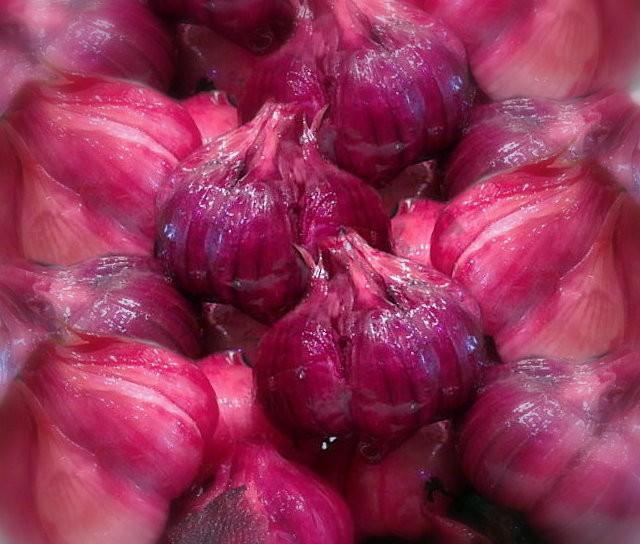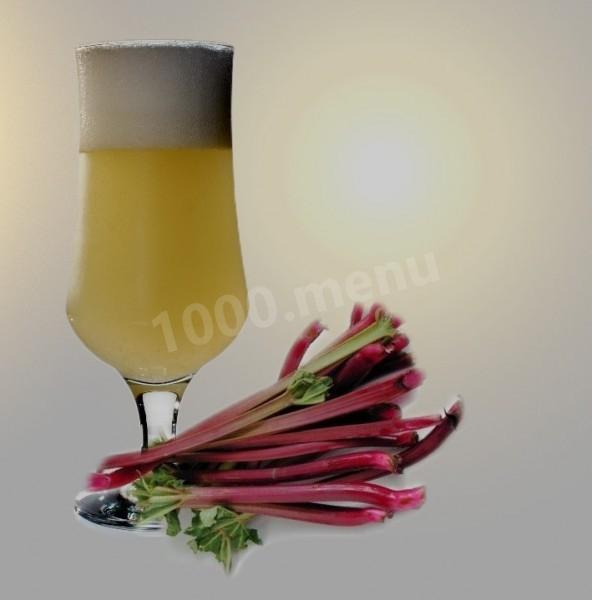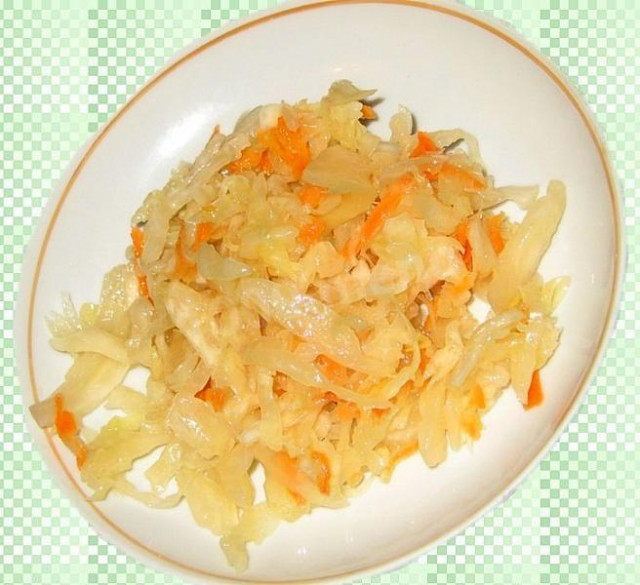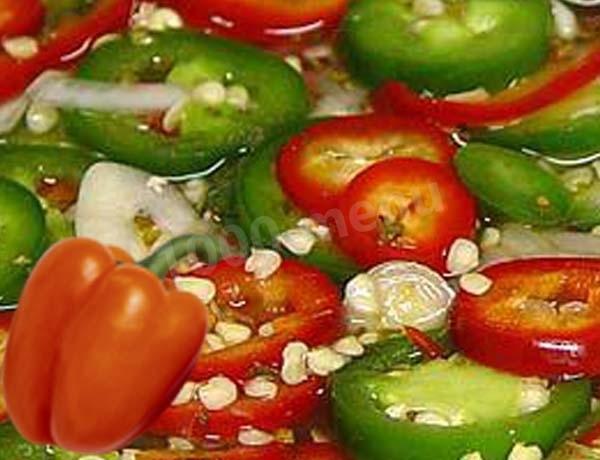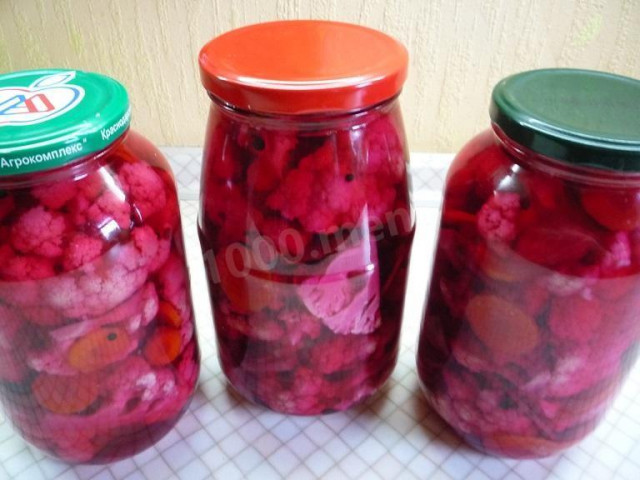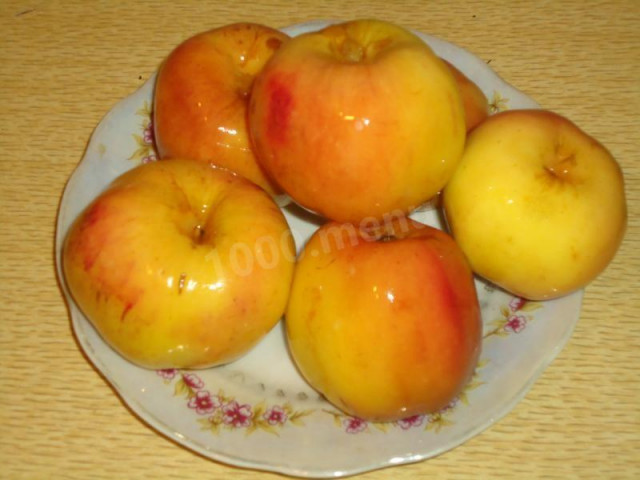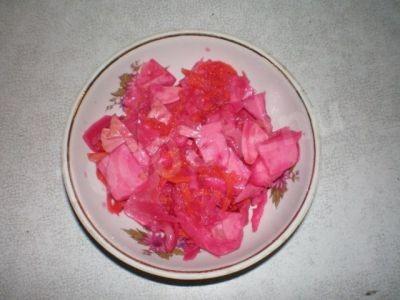Composition / ingredients
Cooking method
How to make pickled garlic? This method of cooking is good because it will help you prepare delicious crispy garlic for the future, if you have too much of it. For cooking, you need to take young garlic, just plucked from the garden. If you have a late harvest and the garlic is ripe, it is better to pickle it, not to pickle it.
1. Prepare the garlic. After the garlic has been removed from the garden, cut off the tops, roots and peel the heads, leaving 1-2 layers of husk. Place the peeled garlic in a large container, fill it with running cold water, the water should completely cover the garlic. Put a flat plate on top of it, and put pressure on it (for example, a jar of water). Leave it overnight (8-10 hours). This soaking will make the garlic softer on top. Then rinse it well.
2. Prepare the brine. To do this, dissolve salt and sugar in water, add bay leaf and pepper, boil, and then cool to room temperature (it is important that the brine is not hot!).
3. Put the prepared garlic in a 3-liter jar. Fill it with brine so that the water covers about 2 cm and there is still room to the edge of the fermentation jar. Cover the jar with a clean lid and put it on a tray where the brine can drain during fermentation.
4. Place the jar in any warm place. The fermentation time will depend on the temperature in the room where your garlic will be located, as well as on its size. In a warm place, garlic will ferment in 1-1.5 months.
5. Rinse the ready-made fermented garlic well, completely drain the fermented brine. Then pour in the freshly prepared brine (exactly the same, only without sugar). And place the jar in a cool dark place for storage.
You can't roll such garlic into jars!
If you add chopped beets or beet juice to the marinade, then the garlic will get a beautiful pink color.
For cooking, it is better to use filtered or bottled water that is neutral to taste. If you use tap water, keep in mind that it can give the dish an unpleasant characteristic taste.
Since the degree of salinity, sweetness, bitterness, sharpness, acid, burning is individual for everyone, always add spices, spices and seasonings, focusing on your taste! If you put some of the seasonings for the first time, then keep in mind that there are spices that it is especially important not to shift (for example, chili pepper).
Caloric content of the products possible in the composition of the dish
- Beetroot - 40 kcal/100g
- Dried beetroot - 278 kcal/100g
- Boiled beets - 49 kcal/100g
- Garlic - 143 kcal/100g
- Bay leaf - 313 kcal/100g
- Granulated sugar - 398 kcal/100g
- Sugar - 398 kcal/100g
- Black pepper peas - 255 kcal/100g
- Salt - 0 kcal/100g
- Water - 0 kcal/100g

